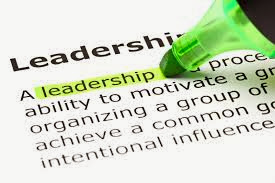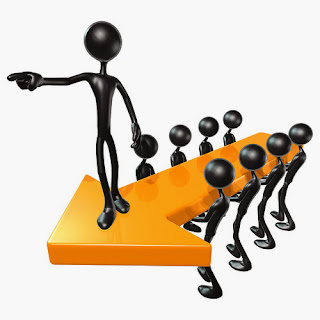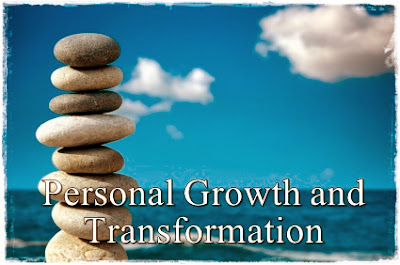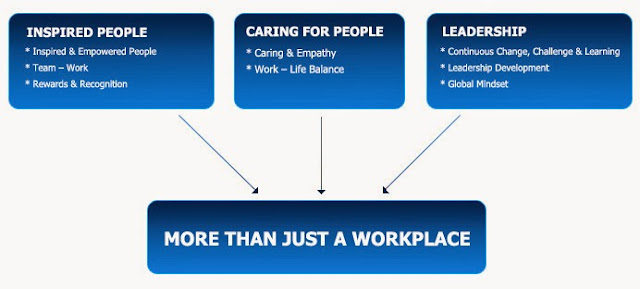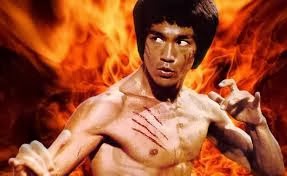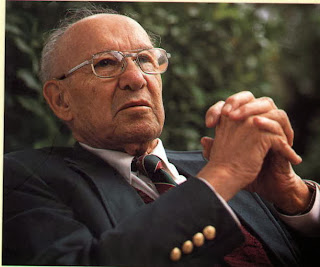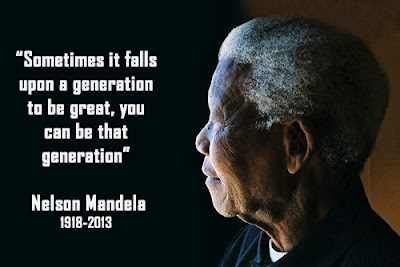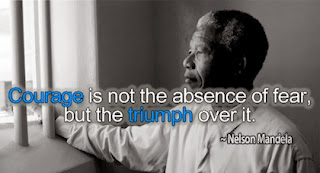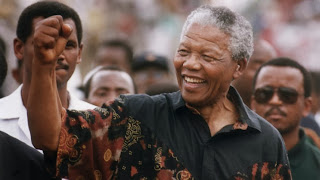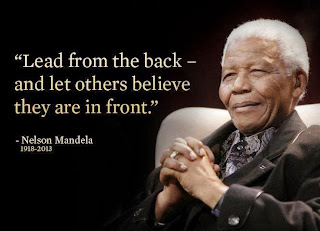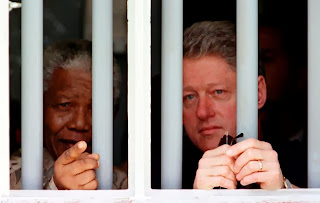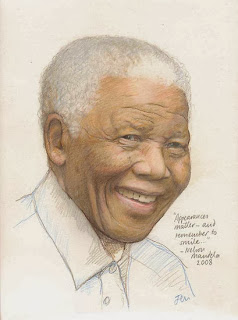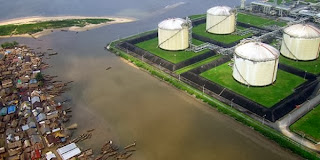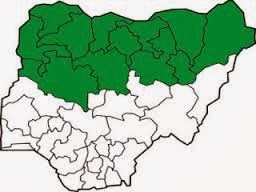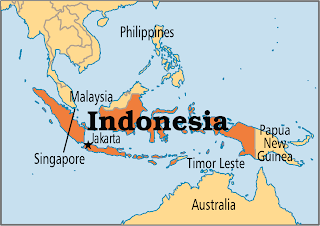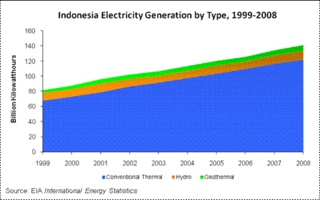A vision board is basically a platform where you put pictures of your goals and dreams on it. It can be an actual cardboard where you place pictures and cutouts all over it, a collage, or simply a picture on your desktop. The purpose of having these boards is to help you attract what you want into your life by making it clear to your subconscious exactly what it is you want. This article will give you some pointers on how best to use these types of boards and what is possible when you use one.
The idea of having vision boards has been around for some time but they started to get a lot more popular due to the success of The Secret, a movie that talks about the law of attraction. The basic premise of how and why this works it that when you see in your mind what you want, things will start to happen to bring the images that you have created into reality. This may seem like a bunch of nonsense to many people, which isn’t surprising. How can putting pictures of what you want on a board make them come true?
Well, you have to understand that your goals won’t just come true because you stick pictures of them on some fancy board. They come true because when you make one of these boards and put it where you see it every day, your mind will be focused on your goals a lot more often then normal. When you constantly think about your goals, you will tend to do more towards obtaining those goals. Not only that, your mind will start to notice things around you that will help you reach those goals that you may have not notice if your mind hadn’t been focused on your goals.
Creating this type of board can be a pretty fun project. What you put on the board is really up to you. The point is to find pictures that will help produce a positive feeling inside of you every time you look at it. It’s like visualizing your goals only with a board; you will have physical pictures to look at. You can look through magazines for pictures or even print out pictures from the internet. You can search for examples if you want to have an idea what they look like. There’s no wrong way to do this. As long as looking at the board will remind you of your goals and give you some sort of emotion, then it’s good enough.
I have my own vision board that I have made. Well, it’s not really on a board though. I made it on my computer. I basically just found a bunch of pictures that represented the goals I have in different areas of my life such as physical, relationship, and financial. I have it on my desktop so everyday when I turn my computer on, I see it.
You may be wondering if this actually works. Well, I can tell you from experience that it does. Will miracles happen? Probably not. However, if you constantly have your goals and dreams on your mind, you will have a far greater chance of making them a reality. I think this is why having one of these boards is so effective. Whether creating one of these things will attract what you want into your life or not, they are quick and fun to make so why not give it a try? Who knows, it can change your life. I have several things on mine and one of them came true about 3 months after I created my board. Another came true 15 months after that. I’ll have to wait and see if the other ones materialize.
About author
Ngozi ekeoma is the MANAGING Director and CEO, Nepal Oil & Gas Limited, Barrister Ngozi Ekeoma is A lawyer by professional training, the stylish woman is also a director of Southglobe Limited, a financial outfit in Lagos. Ngozi ekeoma's success story goes beyond her entrepreneurial skills but also in leadership and community services
